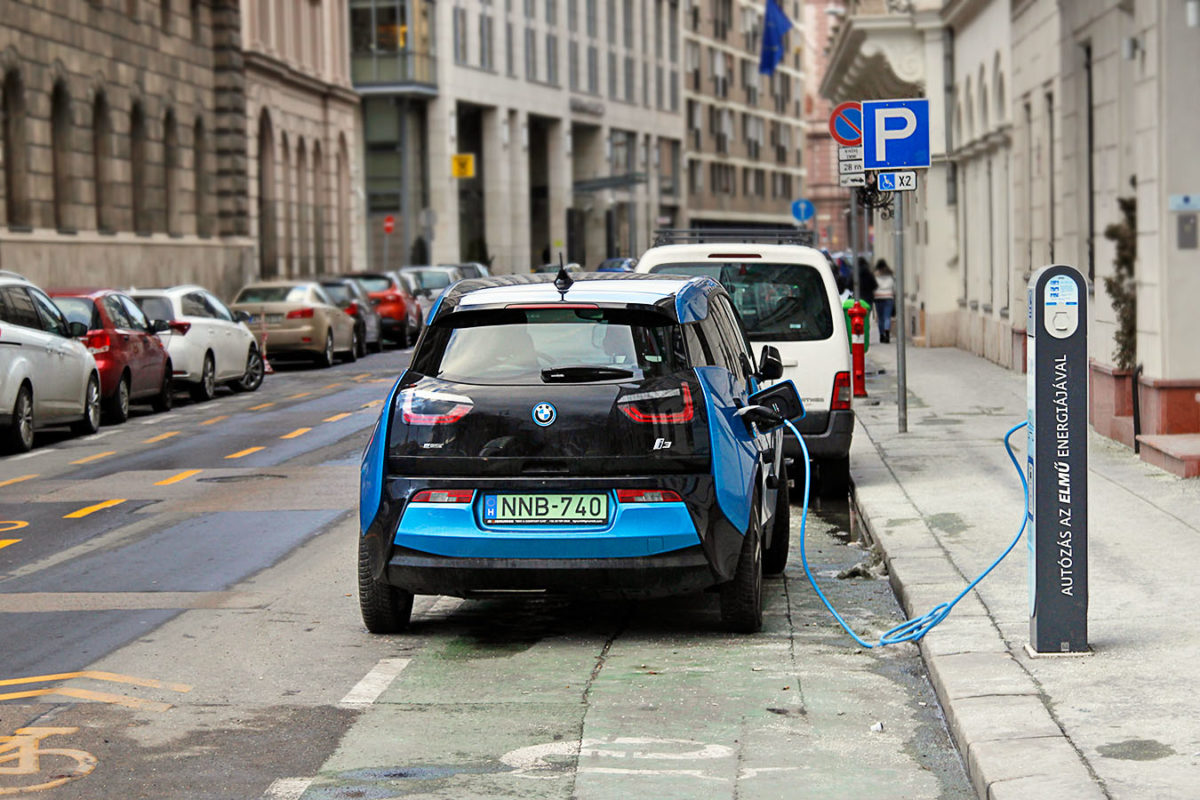From pv magazine USA
While popular science fiction has set high the expectations of what the future of transportation will look like, BloombergNEF has painted a picture of how the auto industry will evolve in its latest Long-term Electric Vehicle Outlook report.
BloombergNEF says electric vehicles (EVs) will account for 10% of global passenger vehicle sales in 2025, with that number rising to 28% in 2030 and 58% in 2040. According to the study, EVs currently make up 3% of global car sales.
Beyond just new sales, EVs are predicted to represent 31% of all cars on the road in 2040, making up 67% of municipal buses, 47% of two-wheeled vehicles (scooters, mopeds, motorcycles), and 24% of light commercial vehicles. Compare this to 2020, where EVs account for 33% of municipal buses, 30% of two-wheeled vehicles and 2% of light commercial vehicles.
In terms of gross vehicle usage, BNEF predicts that 500 million passenger EVs will be on the road globally by 2040, compared to a total passenger vehicle fleet of 1.6 billion. Unfortunately, there will still be more miles driven globally by internal combustion passenger vehicles than EVs.
Sales and price parity
The ramp-up in EV adoption will initially be led by reaching price parity with internal combustion engine vehicles. This will begin when large vehicles hit this point in Europe, which is expected to happen in 2022. It will end with small cars making the achievement in India and Japan around 2030.
While this parity takes a global perspective, it will be hard-driven by the European and Chinese markets, which are expected to represent 72% of all passenger EV sales in 2030. By 2030, China and Europe are expected to achieve the feat of 50% of all cars on the road being EVs. This will be because of the other head of EV adoption, policy support.
As for the United States, the country will be slower to reach the levels of adoption that are expected to come to Europe and China, due to limited projections of charging infrastructure availability. But the United States does have one factor working in its favor to make a quick catch-up possible by the end of the 2030s, according to BNEF: Nearly 60% of U.S. households have two or more cars, and many have the ability to install home charging.
In South Korea, like Europe and China, the adoption timeline is predicated upon strong government policy support. However, the country will also get a push from its domestic auto and battery manufacturers.
The BloombergNEF report also notes that there will be 550 EV models available from global auto manufacturers by 2022. Despite this prediction, Japan – home to a bevy of international vehicle manufacturers that already include a number of EVs – is not expected to take off until 2025. The report states that this is when Japanese automakers will launch more EV options.
This content is protected by copyright and may not be reused. If you want to cooperate with us and would like to reuse some of our content, please contact: editors@pv-magazine.com.




One case for optimism on EV adoption relies on socio-cultural factors coming to the aid of the technological and economic ones. Driving an ICEV may come to be seen as naff and antisocial. Another scenario would be very rapid progress in batteries, reducing the TOC of a new EV below the running costs of an old ICEV (cf. the transition from fossil fuels in electricity generation). This would be reinforced by the widespread rollout of V2G, lowering the electricity cost to EV owners (especially of fleets). A third would be a stronger policy shift: low-emission zones in many cities, higher gasoline taxes, cash-for-clunkers scrappage schemes. Individually, none of these is highly likely. Taken together, it looks like an even chance to me.
ride sharing is the answer
There is an infection type point coming in the US in 6-7 years, and I’ll tell you why: contractors, service, small business, fleets. Especially if federal mileage rate is still $0.50/mile. A whole lot of these also live in their own homes. It helps further that electric trucks are going to be pretty incredible. It’s not just a battle of costs, but also one of perception. And this is really going to be the catalyst that changes that perception. I worked energy all around Texas, people I never expected are already asking me about electrics, many who have their own homes and enthused about costs of home charging for them and significant others. And word spreads fast when it saves these guys heaps of money + convenience. It’d have put about $2,500 in my pocket every single year when I was a 1099, and avoided costly repairs before 180k miles. And it’s probably this + renewable energy going up everywhere and likely a rooftop boom before 2030 that gets charging infrastructure going up all over the place including smaller towns. Across demos, there’s no one else to really win over once you’ve gotten these groups, especially with more oil&gas layoffs coming.
Let us remember that the WHOLE prediction market, Bloomberg included (although they are a bit better than most), has mis-predicted the entire growth of Renewable Energy and rapidly occurring death of Coal! Here they are equally erroneously conservative in their predictions — the transition WILL happen MUCH faster, especially as countries and states start outlawing new ICE vehicle sales as Is Already Happening!!
[Sorry for the all caps, but extra Bold is needed for some statements — the WHOLE prediction market has been VERY wrong about basically EVERYTHING to do with the growth of RE so far!!]